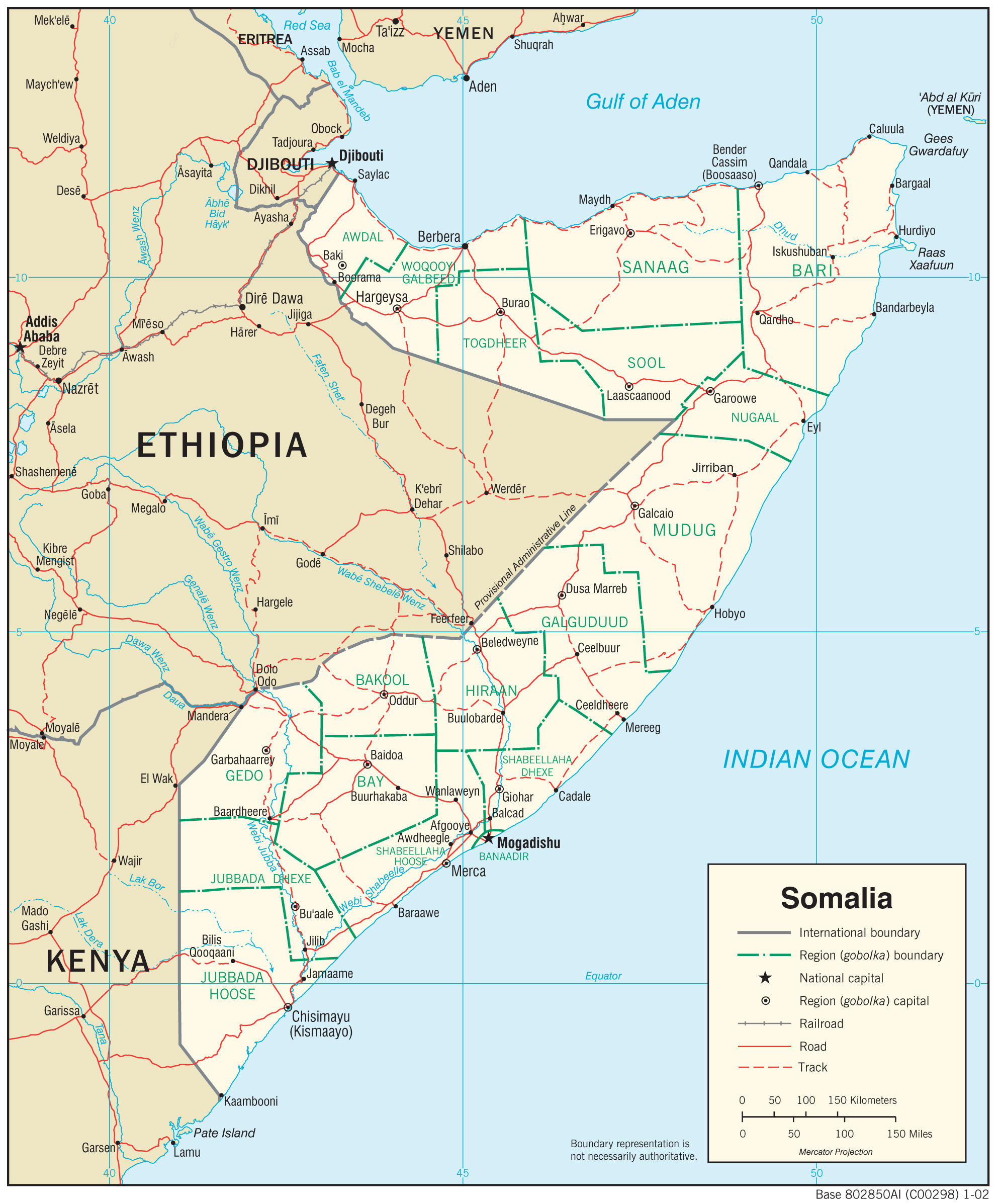Ex-ante impact assessment of livestock value chain intensification has recently become one of the most important component of my work at ILRI. We want to understand what happens to water, greenhouse gazes, soil health and biodiversity as some value chains get intensified. The challenge for this year is to run such a model for the pig value chain in Uganda.
I have just come back from our first trip to Uganda, where we visited Hoima district and Mukono district.
Hoima Town
What stroke me when i visited the Hoima town and its surroundings is the diversity of crop. Most crop had separate but very small fields, cassava looked like a miniature forest maize, sweet patatos or cabbages were growing near to the river. Next to the homestead one could find intercropped plots with banana, coffee, passion fruit, papaya, peppers, maize, beans. Field edges were stabilized with napier grass and trees and big field of grass could be found.
 |
| The landscape out of Hoima |
Livestock can be found, from free roaming pigs, chicken, dairy cows and goats to more intensified systems. An average farmer has between 1 - 6 pigs, they are mainly fed on agricultural waste added on with grasses. For example, pigs are fed on banana peels, unsold avocado, cassava leave and roots as well as napier grass. Some farmers afford maize bran, but additional commercial feed is too expensive.
 |
| casava "forest" |
In this area there is an Irish aid project, focusing on the pig value chain, getting farmers access to better breeds as well as a mill that can prepare commercial feeds at affordable prices.
Mukono next to Kampala
The other area we visited is in the surroundings of Kampala the capital of Uganda, however we were in a very rural setting. What strikes most is the high level of intercroping. Between the bananas jungle, you find maize, beans, cassava, arrow root, local eggplants, sugar cane and coffee. The farmers we visited have between 6-15 pigs, all fed on agricultural waste, also here commercial food are scarcely used due to their high costs.
 |
| the highly intercroped farm in Mukono |
The up-coming blog post will present the Irish Aid project and many other interesting stories from Hoima and from Mukono under the Ugpig tag.






